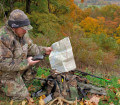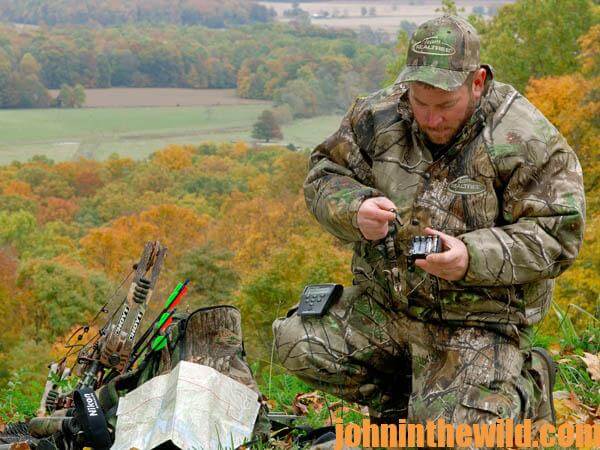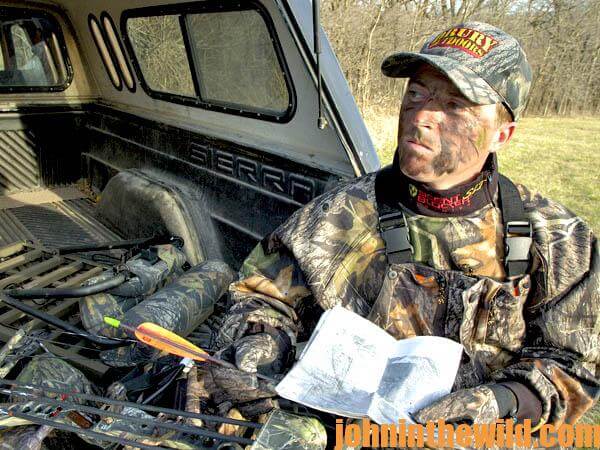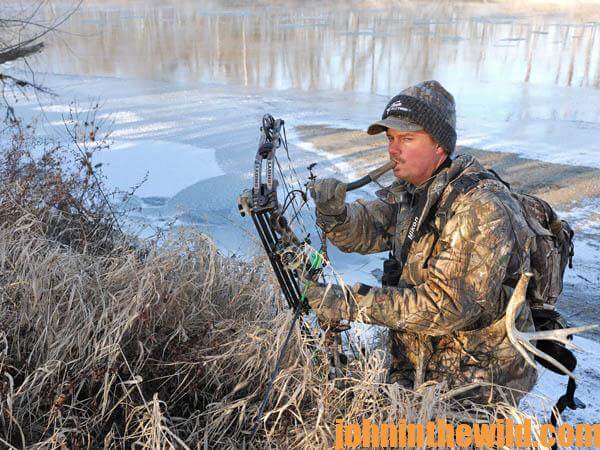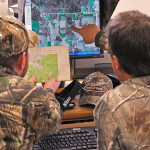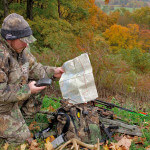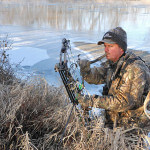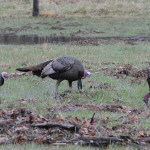John’s Note: A hand-held Global Positioning System (GPS) receiver can help you bag a buck every season. These navigation devices, introduced to the market some years ago, can put you in position to take the bucks other hunters never see, especially on public lands with intense hunter pressure.
Although you can learn to operate a GPS receiver relatively easily, you’ll find remembering how to perform all the functions very time-consuming.
Most companies that sell GPS receivers stress the user-friendly nature of these navigational devices. However, learning how to operate the receivers may require at least several hours of practice. Like many sportsmen, I don’t like to devote this much time to learning any type of outdoor equipment. When I buy an outdoor product, I expect to remove it from the box and do what the product has promised it will do without having to go to school to learn to operate the device. But I’ve found a way to cheat and learn to operate any GPS in less time than what someone usually requires.
When you purchase your GPS receiver, make sure you also buy a cigarette-lighter adapter. Then take the hand-held device on a test drive in your car. While someone else drives your car to the hunting camp or on a trip, begin to experiment with your receiver. As the car moves, watch the plotter screen. Mark waypoints. Look at your bearing, your speed over ground and your course over ground. Notice your direction of travel, and experiment with all the other functions your receiver offers. Don’t worry about pushing any or all of the buttons. As you follow the instruction manual, your common sense will take over and teach you what to do next.
You also can learn by playing with your GPS as you will a new video game. As you travel in your car, mark waypoints on your GPS receiver. When you travel along the route on your return trip, use the receiver to locate waypoints, determine the distance between these waypoints, and estimate your arrival time, your speed over ground and your direction of travel. Look at the plotter screen, and see the distance to your destination. The more frequently you operate your GPS in the car, the more you will understand its functions. Then, you will use the receiver with greater ease during hunting trips. I wrote to each company that I tested its GPS receiver and asked each company to send me a cheat sheet to give me simple, easy-to-follow instructions on how to use its GPS receiver. These instructions also explained which buttons to push for marking waypoints, how to return to those waypoints and how to navigate from one waypoint to the next.
Although GPS receivers have the ability to provide all types of information for the deer hunter, I need simple instructions I can carry along with my GPS receiver that simply will tell me how to arrive at my deer-hunting spots and my vehicle by day or night without getting lost. The faster I learn how to accomplish those feats with my receiver, the more valuable I’ve found this navigational tool. I plan to eventually spend the time required to learn the other functions of my receiver. Some of the companies also offer videos to help you learn how to utilize your receiver, even before you take it out of the box.
I always carry extra batteries for my GPS receivers. Any GPS receiver will pull the power out of the batteries in a relatively short time, often 2 to 4 hours, unless you have activated the SAVE BATTERY FUNCTION that the receivers have. Keeping extra batteries will prevent your receiver from losing its power at a critical time.
“How to Hunt Deer Up Close: With Bows, Rifles, Muzzleloaders and Crossbows” or “Deer and Fixings” by John E. Phillips. Click here to get these books.
About the Author
John Phillips, winner of the 2012 Homer Circle Fishing Award for outstanding fishing writer by the American Sportfishing Association (AMA) and the Professional Outdoor Media Association (POMA), the 2008 Crossbow Communicator of the year and the 2007 Legendary Communicator chosen for induction into the National Fresh Water Hall of Fame, is a freelance writer (over 6,000 magazine articles for about 100 magazines and several thousand newspaper columns published), magazine editor, photographer for print media as well as industry catalogues (over 25,000 photos published), lecturer, outdoor consultant, marketing consultant, book author and daily internet content provider with an overview of the outdoors. Click here for more information and a list of all the books available from John E. Phillips.

